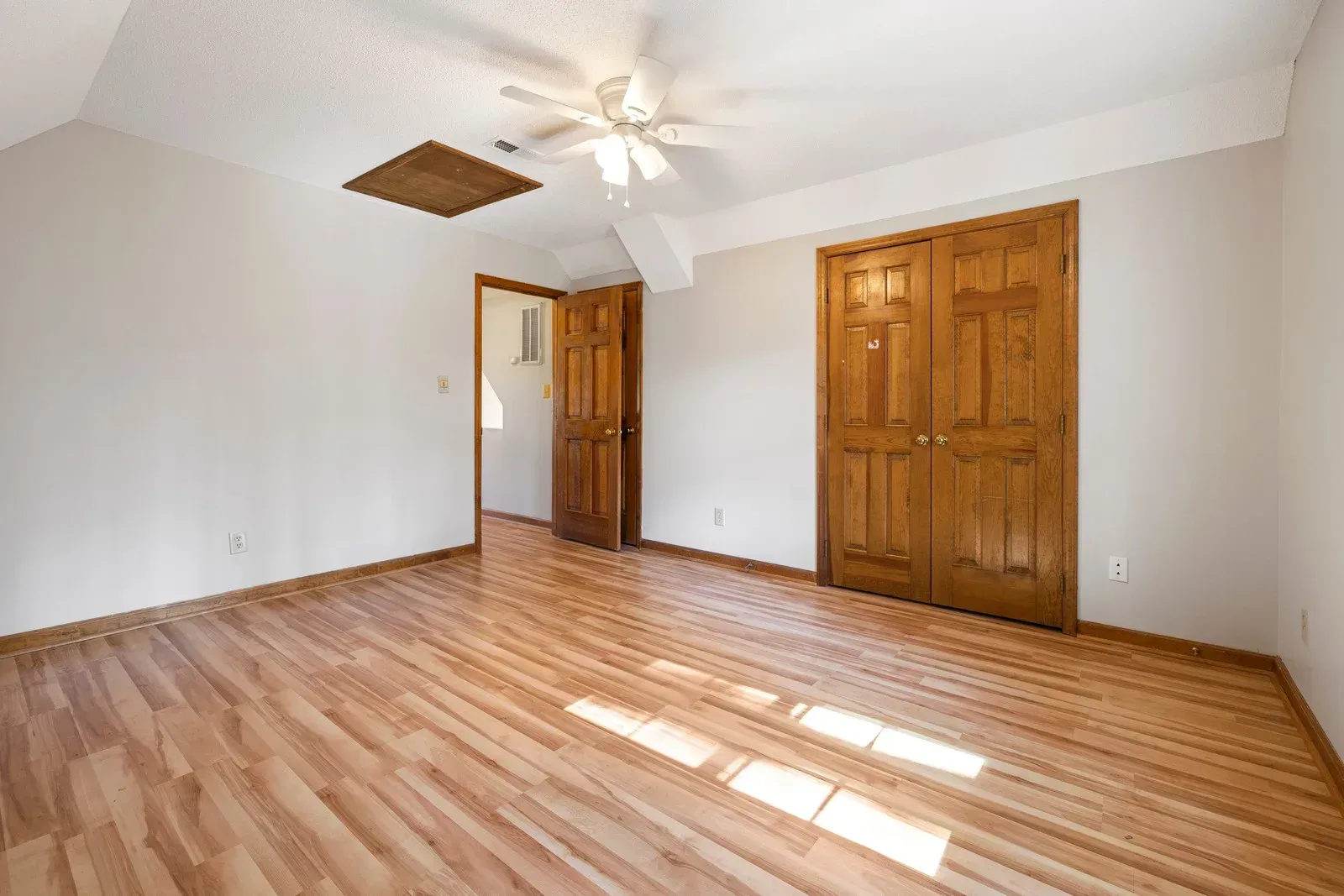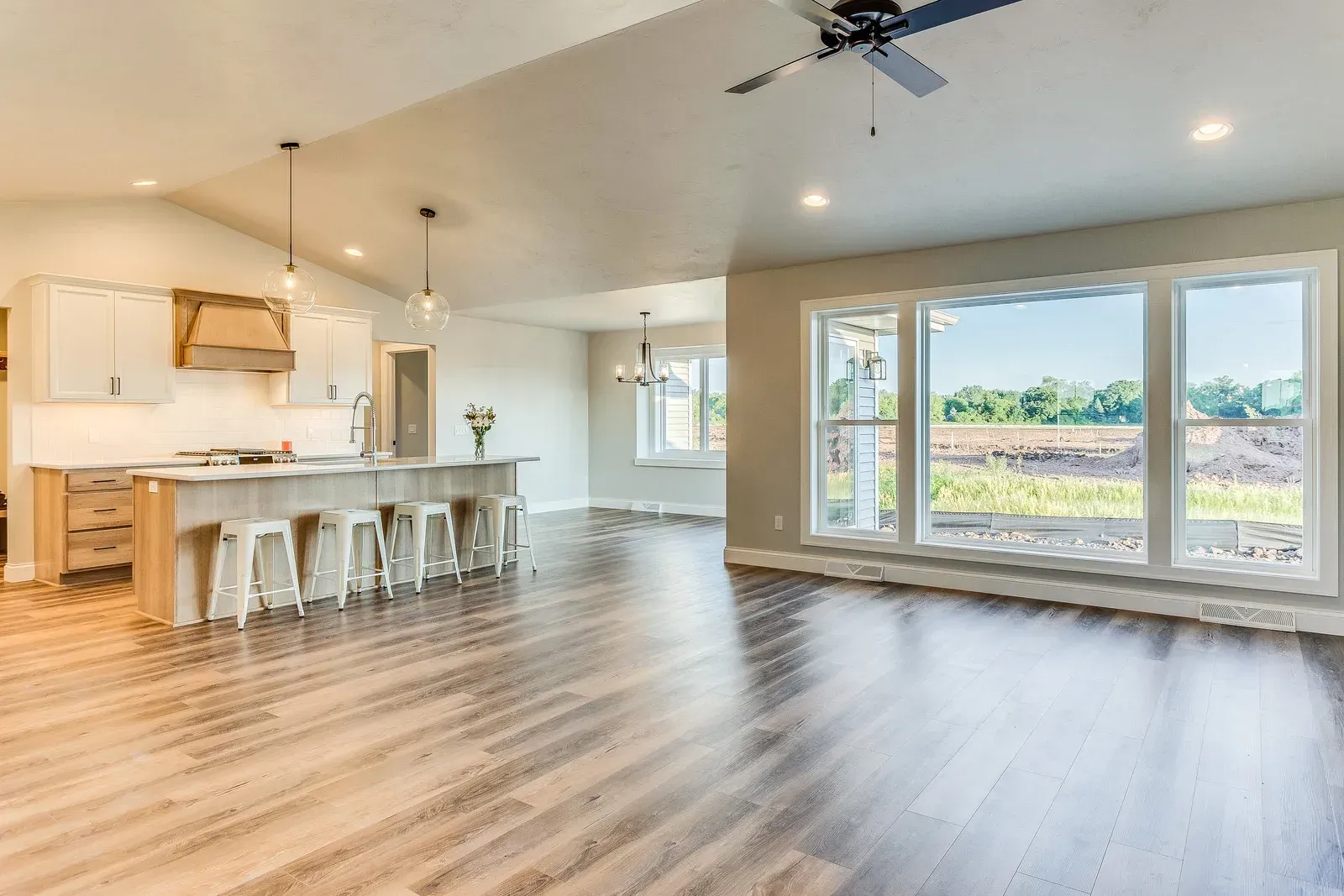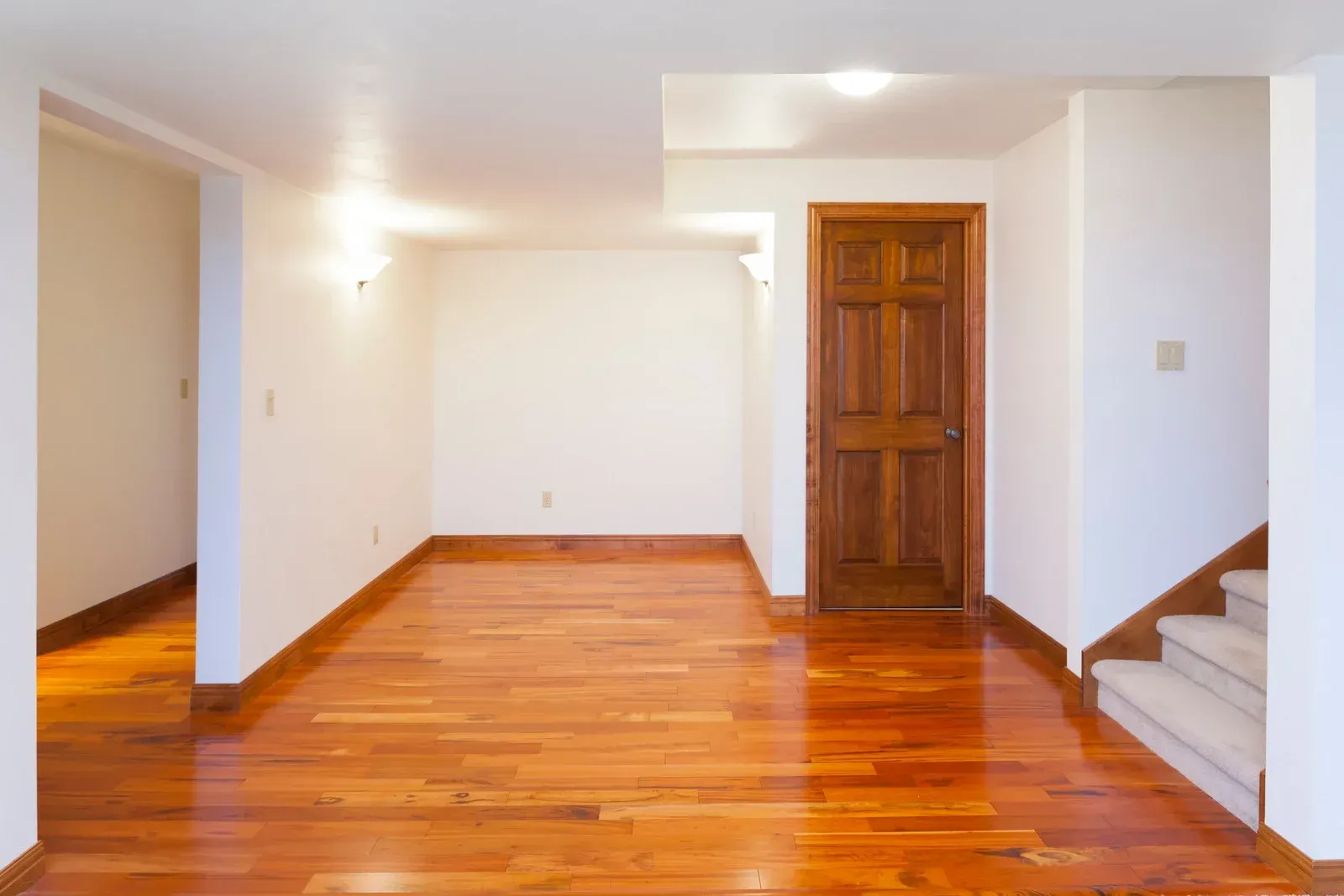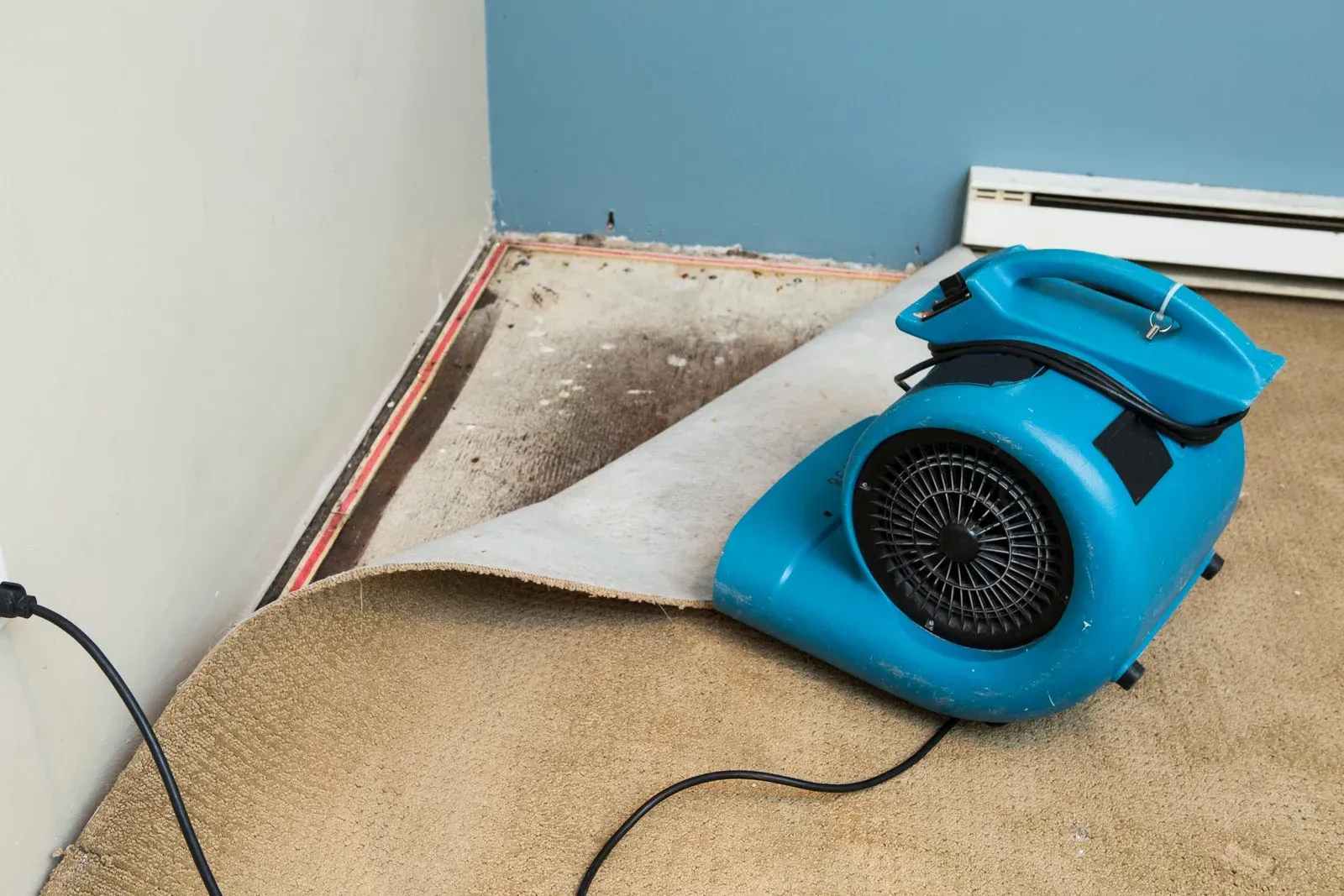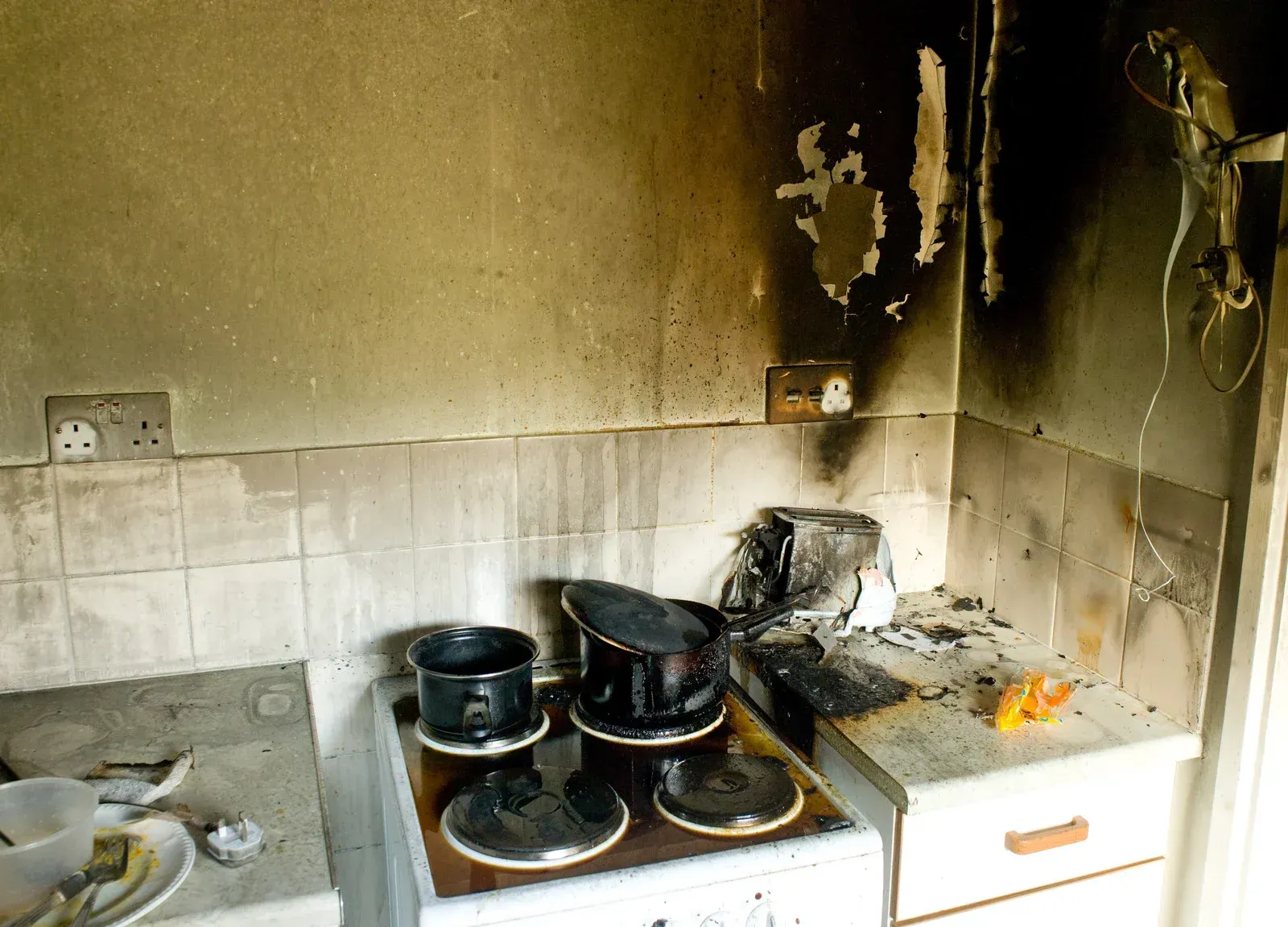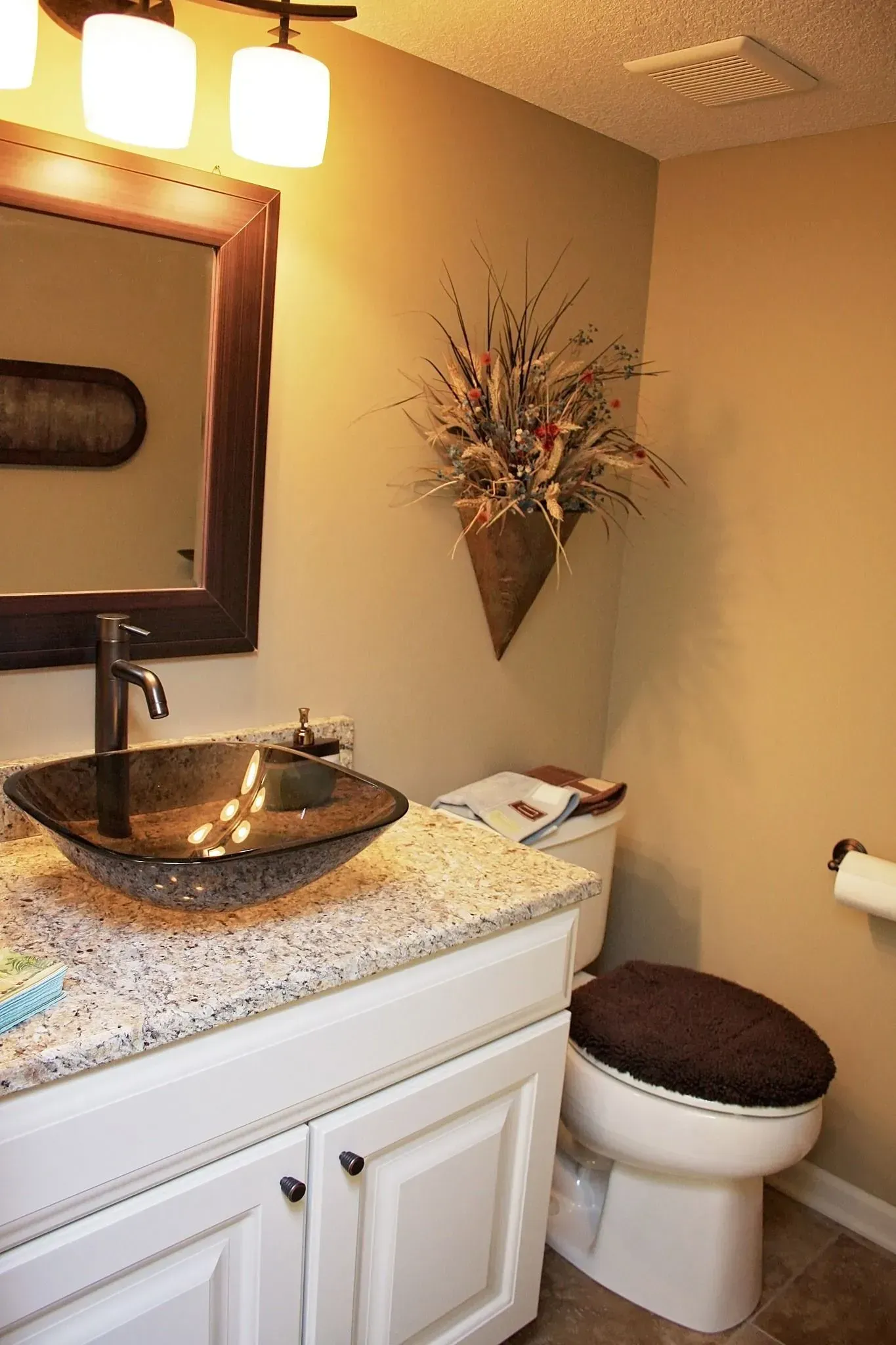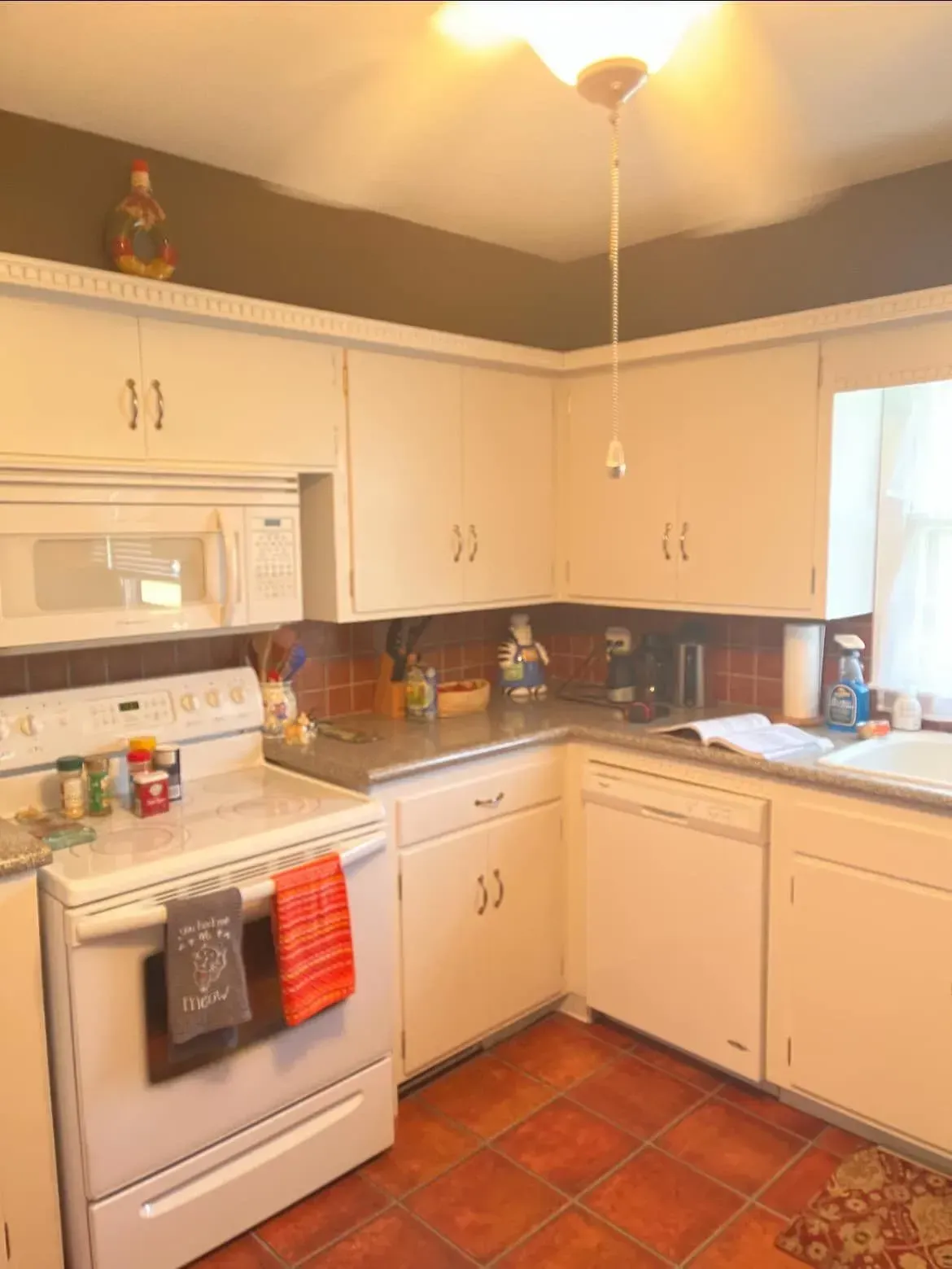Preventative Maintenance Tips for Homeowners
Owning a home is a significant investment, and maintaining it properly is essential to protect that investment. Regular preventative maintenance can save homeowners from costly repairs, extend the life of home systems and appliances, and ensure a safe and comfortable living environment. Here are some essential preventative maintenance tips for homeowners.
Regularly Inspect the Roof
Your roof is your home's first line of defense against the elements. Regularly inspect it for missing or damaged shingles, signs of leaks, and other potential issues. Addressing small problems early can prevent costly damage later.
Tips:
Check for loose or missing shingles after storms.
Inspect flashing around chimneys and vents.
Clean gutters and downspouts to ensure proper drainage.
Clean and Inspect Gutters
Clogged gutters can lead to water damage in your home’s foundation, walls, and roof. Regular cleaning and inspection can prevent these issues.
Tips:
Clean gutters at least twice a year, in the spring and fall.
Ensure downspouts direct water away from the foundation.
Install gutter guards to reduce debris buildup.
Maintain HVAC Systems
Your heating, ventilation, and air conditioning (HVAC) systems keep your home comfortable year-round. Regular maintenance can improve efficiency and extend their lifespan.
Tips:
Replace air filters every 1-3 months.
Schedule annual professional inspections and tune-ups.
Keep outdoor units clear of debris and vegetation.
Check for Water Leaks
Water damage can lead to mold growth, structural damage, and costly repairs. Regularly checking for leaks can help prevent these issues.
Tips:
Inspect under sinks and around appliances for signs of leaks.
Check the water heater for leaks and rust.
Monitor your water bill for unexpected increases, which could indicate a hidden leak.
Test Smoke and Carbon Monoxide Detectors
Smoke and carbon monoxide detectors are crucial for home safety. Regular testing ensures they function properly when needed.
Tips:
Test detectors monthly.
Replace batteries at least once a year.
Replace detectors every 10 years or as recommended by the manufacturer.
Service the Plumbing System
Proper plumbing maintenance can prevent leaks, water damage, and high repair costs. Regular inspections and maintenance are key.
Tips:
Check for signs of leaks around toilets, sinks, and tubs.
Insulate exposed pipes to prevent freezing in cold weather.
Flush the water heater to remove sediment buildup annually.
Inspect the Foundation
A strong foundation is critical for the structural integrity of your home. Regular inspections can identify potential issues before they become severe.
Tips:
Look for cracks in the foundation, walls, and floors.
Check for signs of moisture or water damage in the basement.
Ensure proper grading around the home to direct water away from the foundation.
Maintain Windows and Doors
Properly maintained windows and doors improve energy efficiency and security. Regular inspections and maintenance can help avoid drafts and water damage.
Tips:
Check for drafts and seal gaps with caulk or weatherstripping.
Inspect for signs of rot or damage, especially in wooden frames.
Clean and lubricate window tracks and door hinges.
Keep Your Yard and Landscaping in Check
Well-maintained landscaping not only enhances curb appeal but also protects your home from potential damage.
Tips:
Trim trees and shrubs away from the house to prevent damage during storms.
Ensure proper drainage to avoid water pooling near the foundation.
Keep lawn and garden areas free of debris.
Schedule Regular Professional Inspections
In addition to your own inspections, have our professionals evaluate your home’s systems and structure regularly.
Tips:
Schedule annual inspections for HVAC, plumbing, and electrical systems.
Consider a home energy audit to identify ways to improve efficiency.
Hire a professional to inspect your roof and foundation every few years.
Conclusion
Preventative maintenance is an ongoing process that pays off in the long run. By staying proactive and addressing potential issues early, homeowners can save money, enhance the longevity of their home’s systems, and enjoy a safer, more comfortable living environment. Set a maintenance schedule, stick to it, and your home will remain in excellent condition for years to come.
